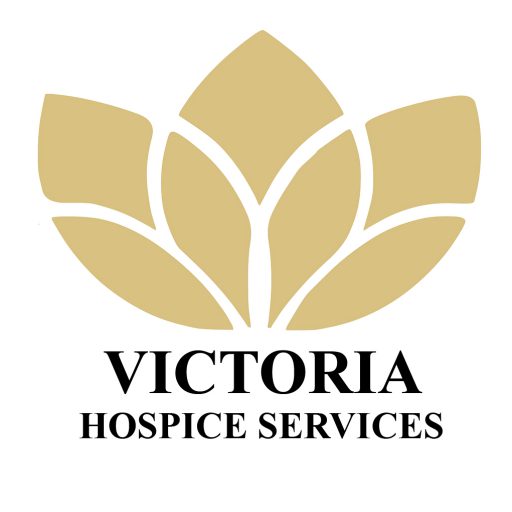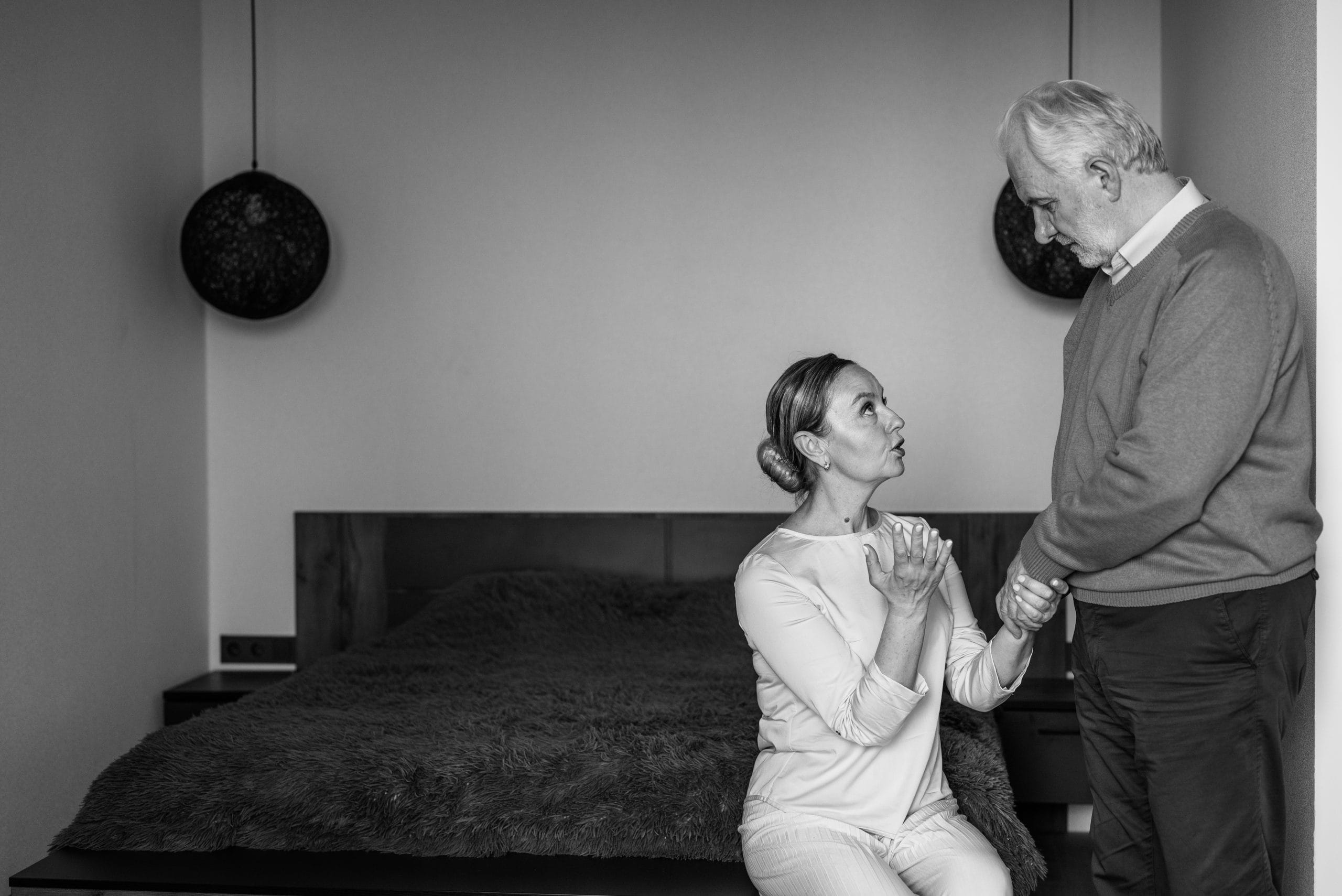How is Hospice Paid For?
End-of-life decisions are never easy. Because end-of-life decisions are based not just on a patient’s needs but also on financial capacities, financial perplexity can add to the pain and bewilderment. Below are some popular options.
What is the goal of Hospice?
End-of-life care refers to the treatment given to a person who is nearing death in the final days, weeks, months, or even years of his or her life.
Regardless of whether the patient’s disease is treatable or not, medical treatment and assistance are provided during this time.
Many people receive medical treatment from professionals in hospitals, nursing homes, or even their own homes.
Patients are subsequently placed in palliative or hospice care, with Medicare, Medicaid, private insurance, charities, individuals, or other payment schemes covering the costs.
The fact that Medicare covers 100 percent of hospice expenditures should be a significant incentive, but many people who are eligible don’t use these services. You’re making a mistake if you’re not using hospice care or considering it in the future.
Hospice care has shown the mental health of patients and their families improves significantly as opposed to not utilizing the Medicare Hospice Benefit. In addition, hospice extends survival time, reduces pressure on loved ones, and without a doubt keeps patients more comfortable.
Palliative Care
Palliative Care is a type of hospice care. Palliative care provides emotional support and day-to-day assistance to people who are suffering from a life-threatening illness while doctors and nurses work to find a cure. Palliative care begins with a diagnosis and continues until it is obvious that the patient will not live.
Hospice Care
Hospice is a type of care in which nurses, doctors, social workers, volunteers, and spiritual leaders collaborate to give pain relief to terminally ill patients.
When a patient accepts hospice care, they no longer receive treatment aimed at curing their illness, unlike palliative care. Doctors have exhausted those alternatives and are now focusing on symptom treatment.Hospice does not have a physical location. It can be provided at home, at an assisted living facility, a nursing home, or a hospice institution.
Who Covers the Costs of End-of-Life Care?
Various government institutions, including Medicare, Medicaid, and health care programs administered by the Veterans Administration (VA) and the Department of Defense (DoD), as well as private medical and long-term care insurance, pay around 85% of end-of-life care costs.
Hospice expenditures are covered by Medicare in 85.4 percent of cases, Medicaid in 5% of cases, managed care or private insurance in 6.9% of cases, and other (including charity and self-pay) in 2.7 percent of cases.
Medicare
Parts A and B of Medicare are mandated to pay for all medically necessary hospital and doctor care, regardless of cost or patient condition.
At the time of death, 82 percent of the 2.854 million Americans who died in 2019 were Medicare participants.
Since 1982, the Medicare Hospice Benefit has paid for the treatment of qualifying patients.
Medicare Hospice Benefit Basic Eligibility Criteria
- The patient must be at least 65 years old.
- A terrible ailment has been diagnosed.
- A doctor’s certification that he or she has six months or fewer to live Agrees to forego potentially curative or life-saving therapy
- A hospice provider must be approved by Medicare.
Overall End-of-Life Care Expenses
End-of-life care accounted for $365 billion of the $3.65 trillion spent on healthcare by Americans in 2018.
The cost of a hospital stay was significantly higher than the cost of hospice care.
Patients who did not elect their hospice benefit experienced as much as $27,455 in additional healthcare expenditures, according to a 2019 study by healthcare data analytics firm Trella Health, compared to patients who got hospice treatment in their final months of life.
When compared to patients who were brought for a mid-term stay, patients who received hospice earlier in the course of their illnesses saved an average of $14,000 in health care costs during the last three months of life.
Get in touch
Request a Consultation
Resources
Follow Us

8797 Beverly Blvd., Suite 310
West Hollywood, CA 90048
(323) 653-0544

